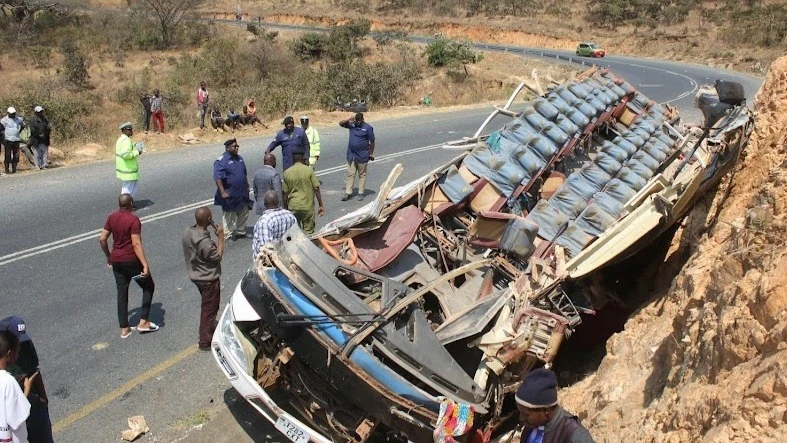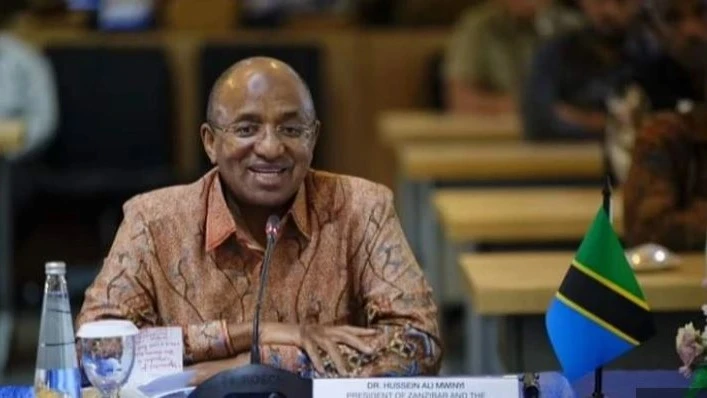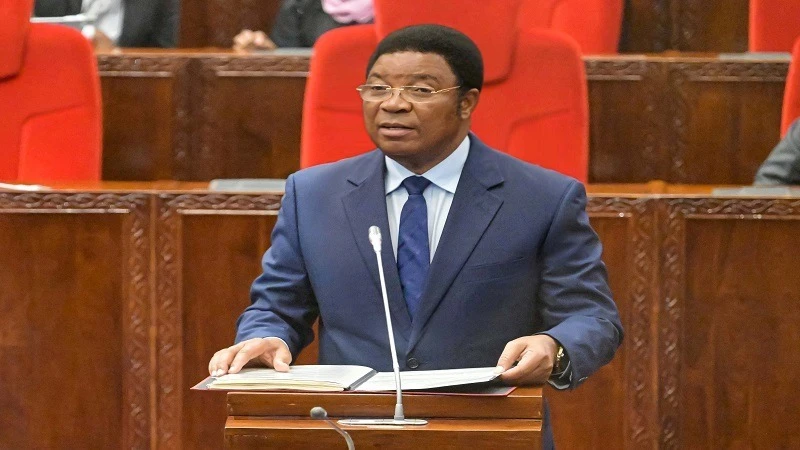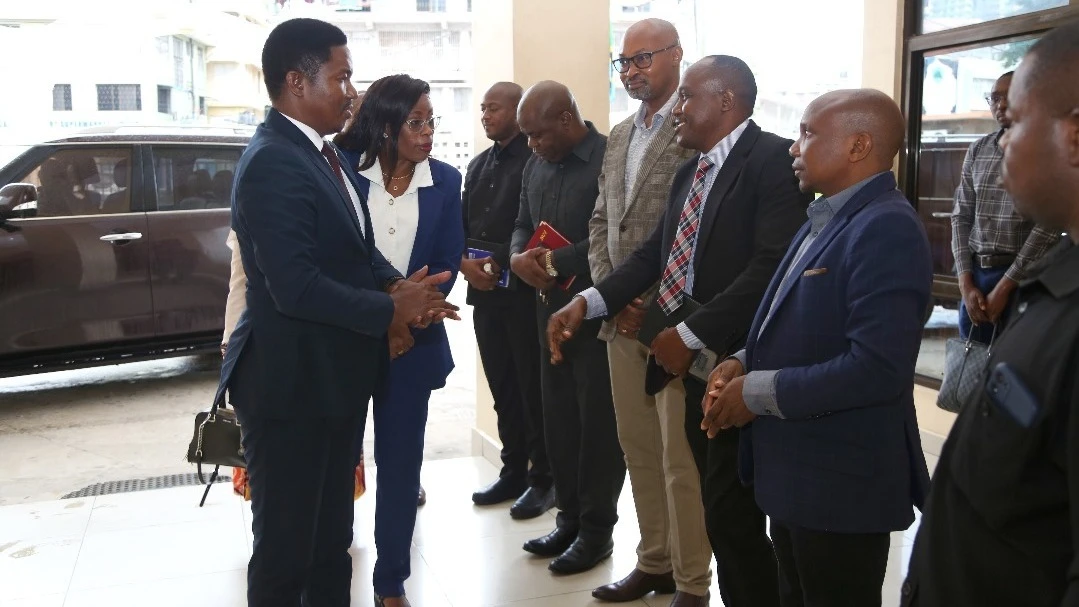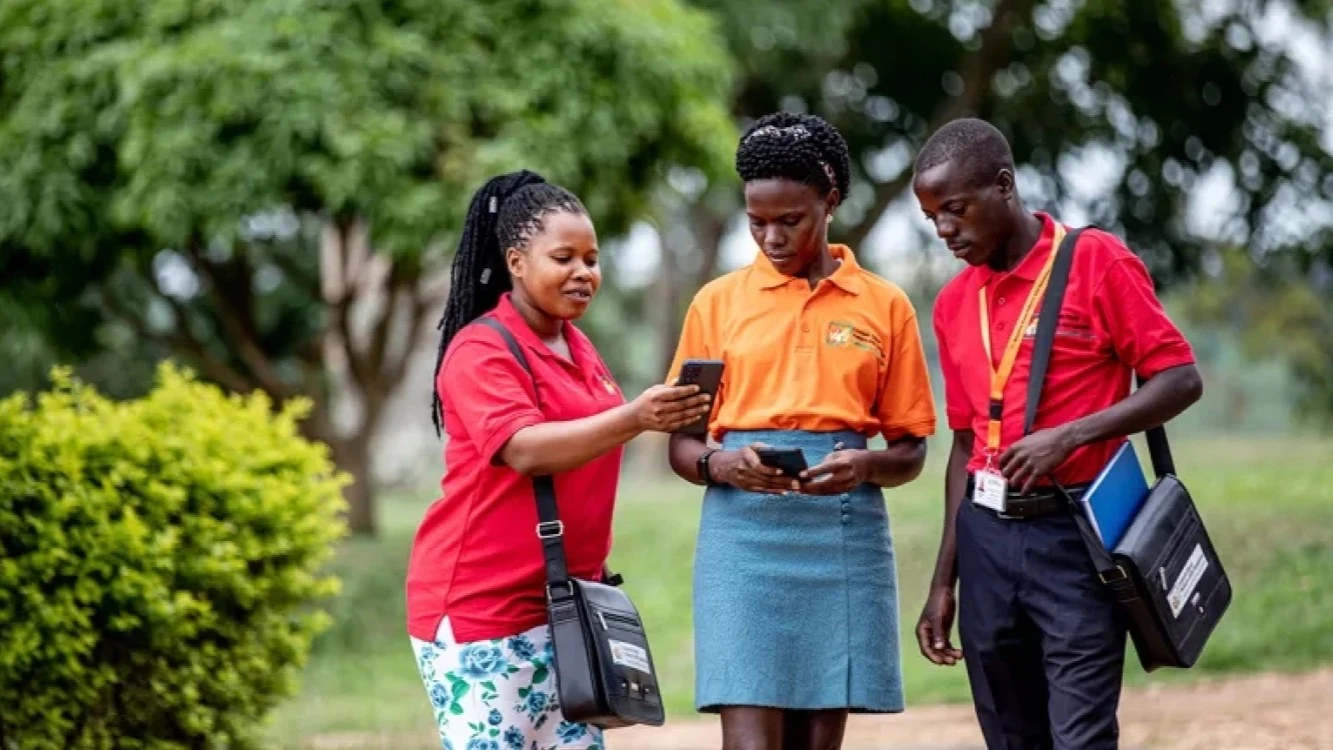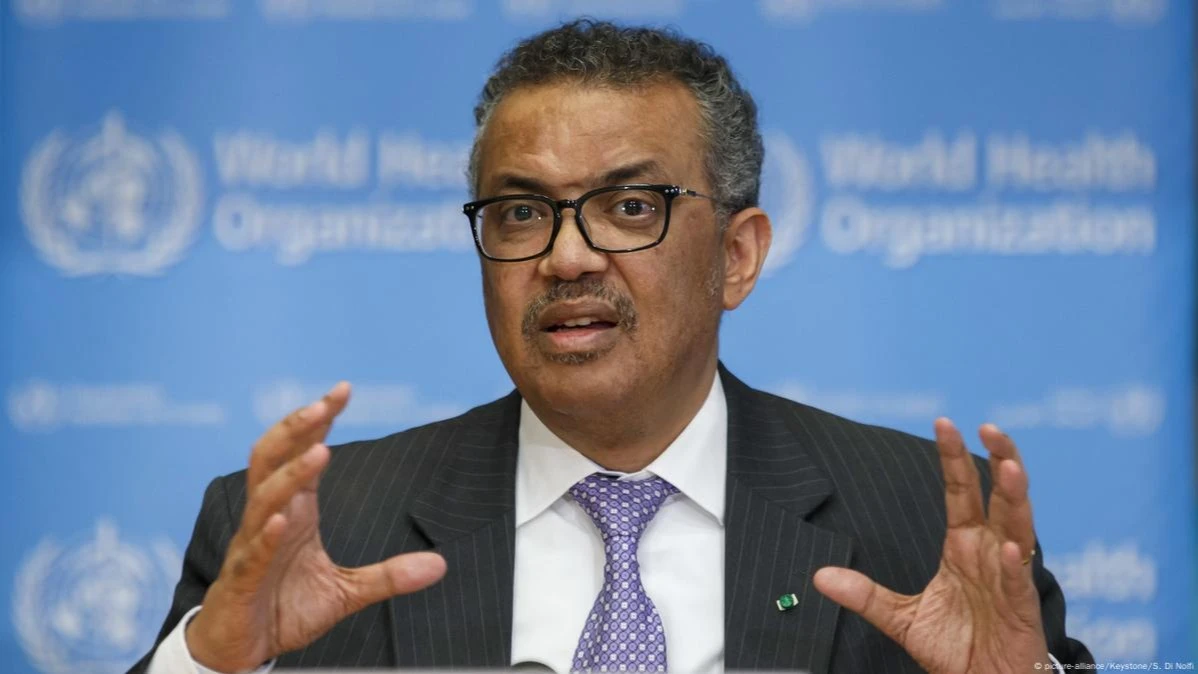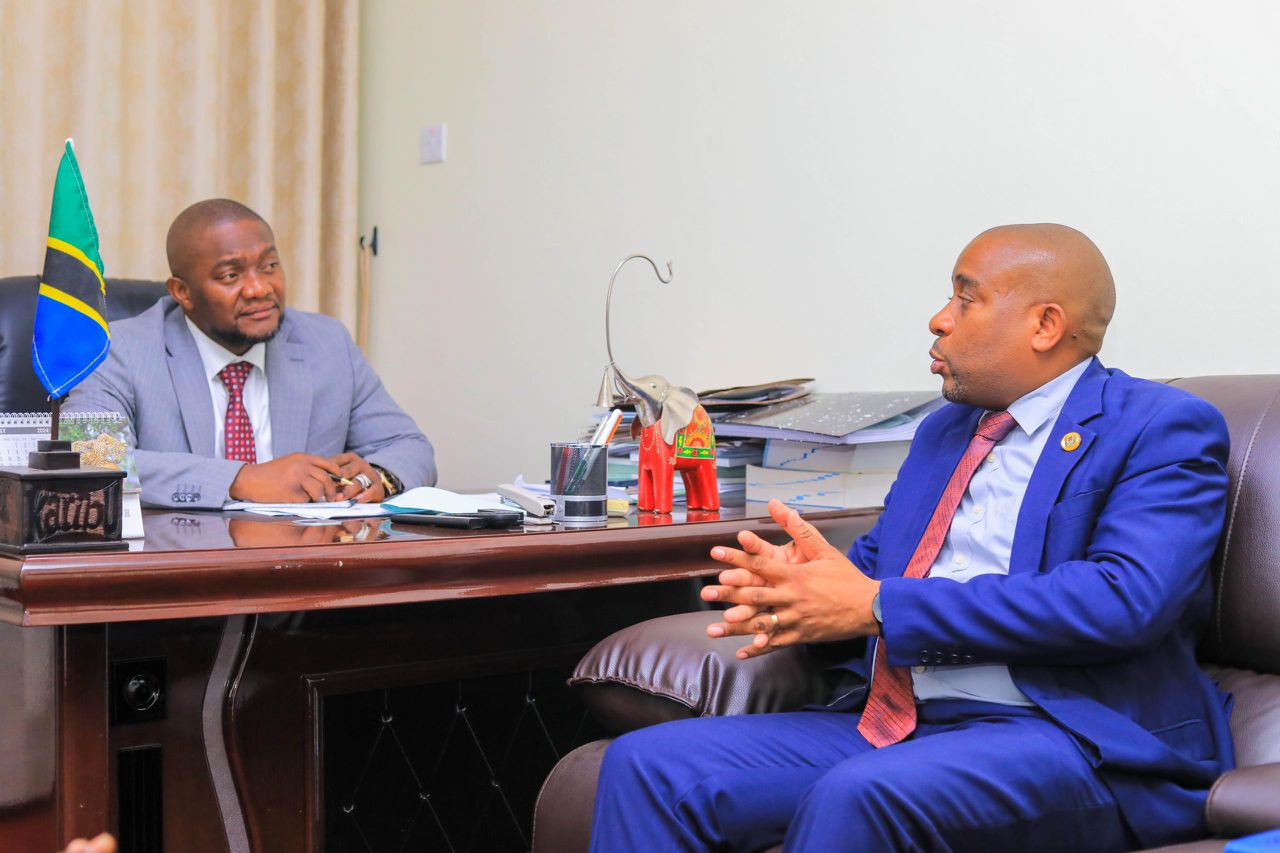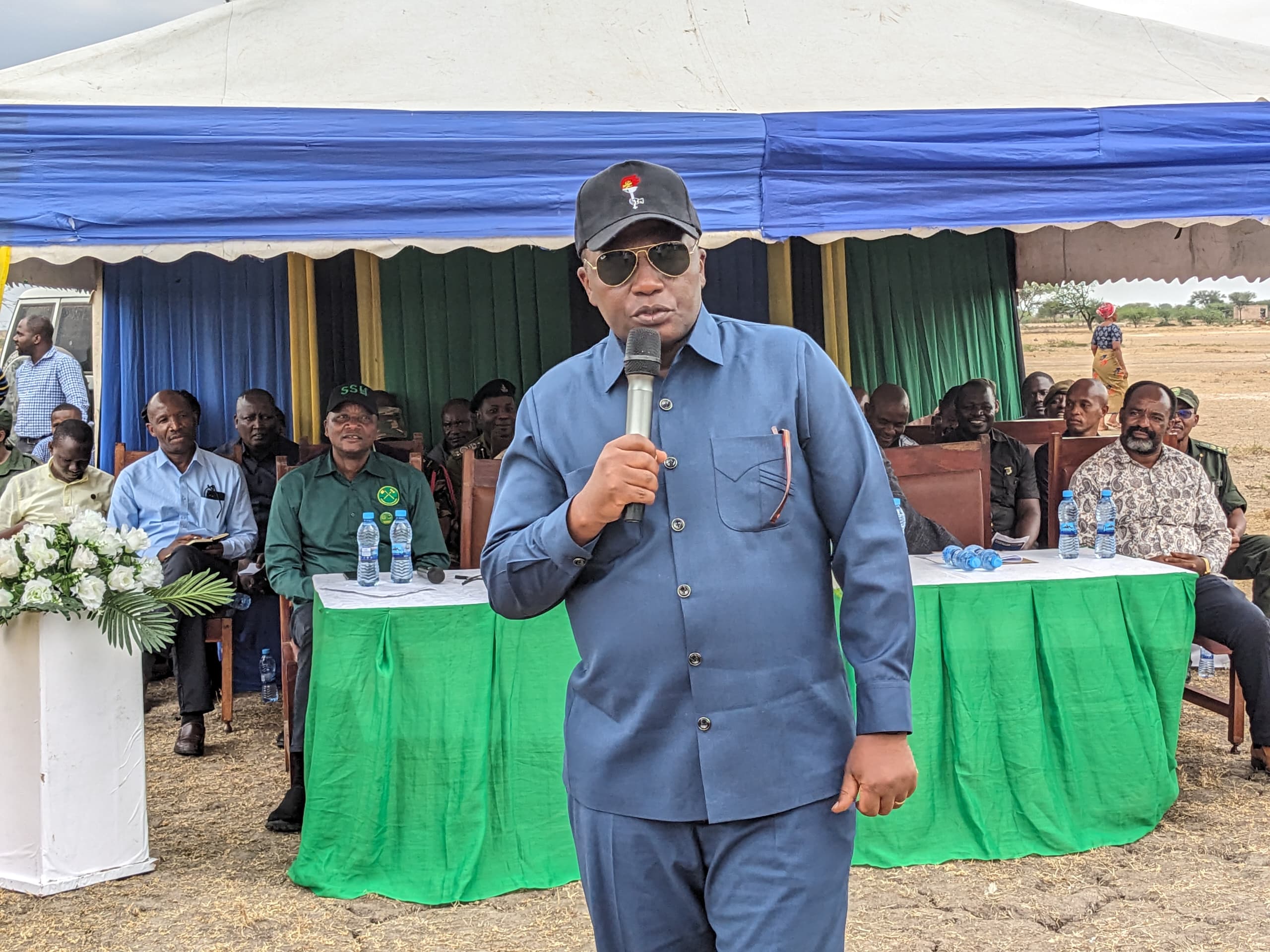Ngorongoro: Minister states relocations case
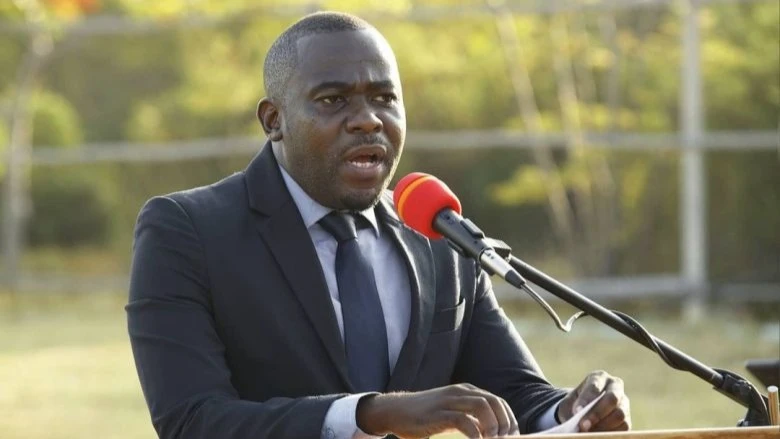
THERE are no specific indigenous people in Tanzania who have been forced to vacate their areas as claimed by different media outlets around the world, the government has stated.
Mudrik Ramadhan Soraga, the Zanzibar minister for Tourism and Heritage, stated this position over the weekend when addressing the 46th session of the World Heritage Committee meeting at Bharat Mandapam in the Indian capital, scheduled to last for 11 days.
He issued a bold statement for the Tanzania government to the vital annual meeting, responsible for managing all matters on world heritage properties, and deciding on sites to be inscribed on the World Heritage list.
Currently, there are 1199 World Heritage Sites in 168 out of 195 State Parties of UNESCO, with the meeting being attended by more than 2000 international and national delegates from more than 150 countries.
Tanzania has seven World Heritage Sites, namely the Ngorongoro Conservation Area, the Serengeti National Park, the Mount Kilimanjaro National Park, the Ruins of Kilwa Kisiwani and Songo Mnara, Kondoa Stone Art, Selous Game Reserve and the Zanzibar Stone Town.
State of conservation reports for World Heritage Sites and proposals for the nomination of new sites on the list will be presented, as well as a discussion on international assistance and utilisation of world heritage funds.
Delivering the country's stance after the Decision for the Ngorongoro Conservation Area was passed by the committee; the minister expressed satisfaction with the state party of India for the well-organized 46th session and the committee for its high integrity and professionalism.
While the minister did not repeat the terms of the decision, a background note on the status of the conservation area dated 1993 and still visible on an internet search says the bureau (working committee of the Heritage Site secretariat) recalled that this site was removed from the List of World Heritage in Danger in 1988.
The bureau “was deeply concerned to learn that the Prime Minister of Tanzania had announced that the residents of the area will be allowed to grow crops inside this World Heritage site, in contradiction to the Ngorongoro Conservation Area Law,” the background note stated, a situation that had since been rectified.
It further said that the Representative of the International Conservation Union (IUCN) noted that although allowing small areas of maize cultivation may help to ease conflicts between local people and site staff, the announcement appears to have encouraged people to clear vegetation over extensive areas, including many slopes unsuitable for agriculture.
This had resulted in a nearly uninterrupted belt of cultivation on the slopes of the Ngorongoro Crater, from Endulen to north of Empakai, to which the bureau requested IUCN to report on the findings of a survey that is currently underway to assess the impact of the newly cultivated areas to the committee at its next session.
The bureau recommended that the committee at its seventeenth session in December 1993 include, once again, the Ngorongoro Conservation Area in the List of World Heritage in Danger and requested the centre to “communicate its concerns to the Minister of Tourism, Natural Resources and Environment of Tanzania.”
Analysts say this situation compelled the government to start mapping out a shift of the population so that routine activities including agriculture and the construction of houses could be done elsewhere, with the logistics and the politics taking upwards of two decades to be set in motion.
The government wishes to make records clear and refutes the notion of claims of forced eviction of people in the area, he stated as leader of the Tanzanian delegation, affirming that Tanzania is concerned by the level of the ongoing misinformation campaign and unfounded allegations.
These accusations are aimed at undermining national efforts to balance heritage conservation, human rights, socio-economic development, and livelihoods of citizens in the Ngorongoro Conservation Area, he stated
Soraga went into detail on the voluntary population transfers that followed the failure of the multiple land use model, the preliminary results being noticed in the 1993 meeting of the World Heritage Site committee and reporting by the coordinating bureau.
“Due to escalating human-wildlife conflicts, overpopulation of humans and livestock, wide-spreading zoonotic diseases, shrinking wildlife corridor and grazing land, lack of safe water sources and poor sanitation, and the quest for socio-economic development of its citizens, the consensus was reached through a participatory and transparent process for a voluntary relocation program,” the minister underlined.
The government recognises that there are communities with specific needs such as the Hadzabe and ensures that their civil, political, socio-economic, and cultural rights are promoted and respected, he stated.
He reaffirmed that Tanzania is guided by the rule of law and the fundamental principles of good governance, placing human rights at the forefront while addressing challenges in the Ngorongoro Conservation Area.
The Tanzania government invited the UNESCO Advisory Mission for the Ngorongoro Conservation Area in February 2024 and its report is being finalised, he said, noting that as a state party the country is committed to work closely with the centre and other state parties in addressing challenges facing residents of the Ngorongoro Conservation Area.
“Tanzania is committed to observing human rights while balancing heritage conservation and socio-economic development and livelihoods of its people in the Ngorongoro Conservation Area,” he reiterated.
Top Headlines
© 2024 IPPMEDIA.COM. ALL RIGHTS RESERVED






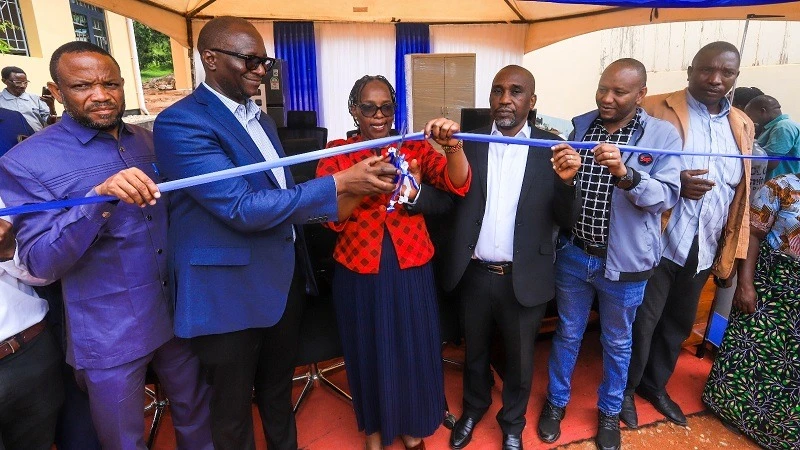


![The CEO of Flightlink Limited Mr. Munawer Dhirani and DTB Tanzania CEO, Mr. Ravneet Chowdhury [center] during the unveiling ceremony of the 72-seater ATR 500 aircraft over the weekend. Other officials present at the function are Chief Operating Officer.](https://ippmedia.com/storage/post-feature-images/01J75Y6DM8PY93SGFZD4GYPXJ4.webp )
